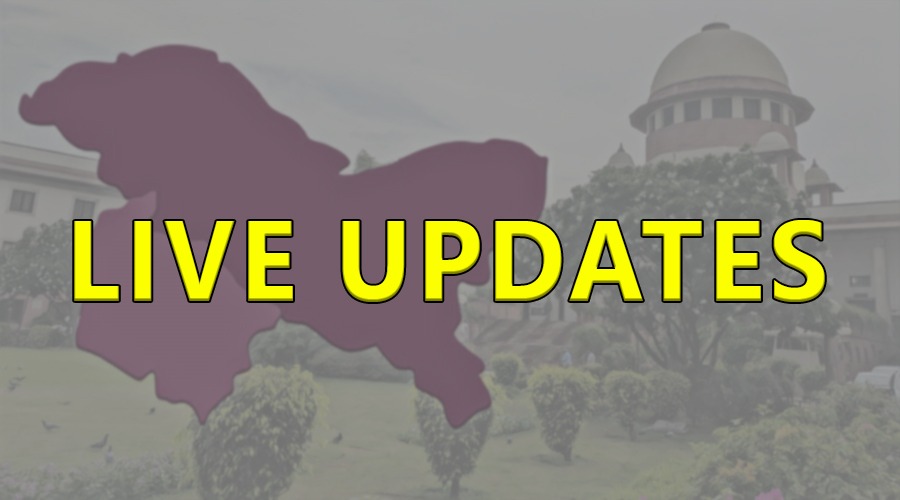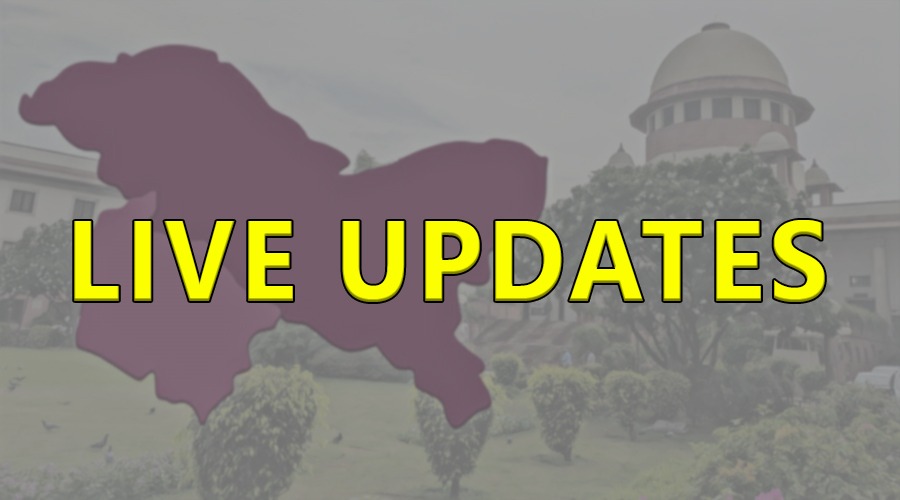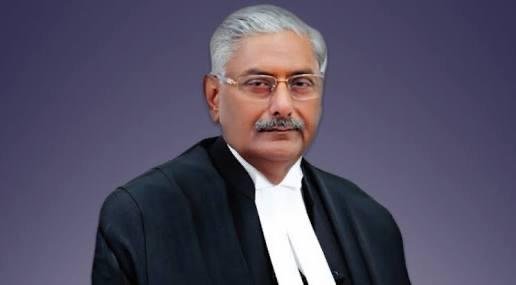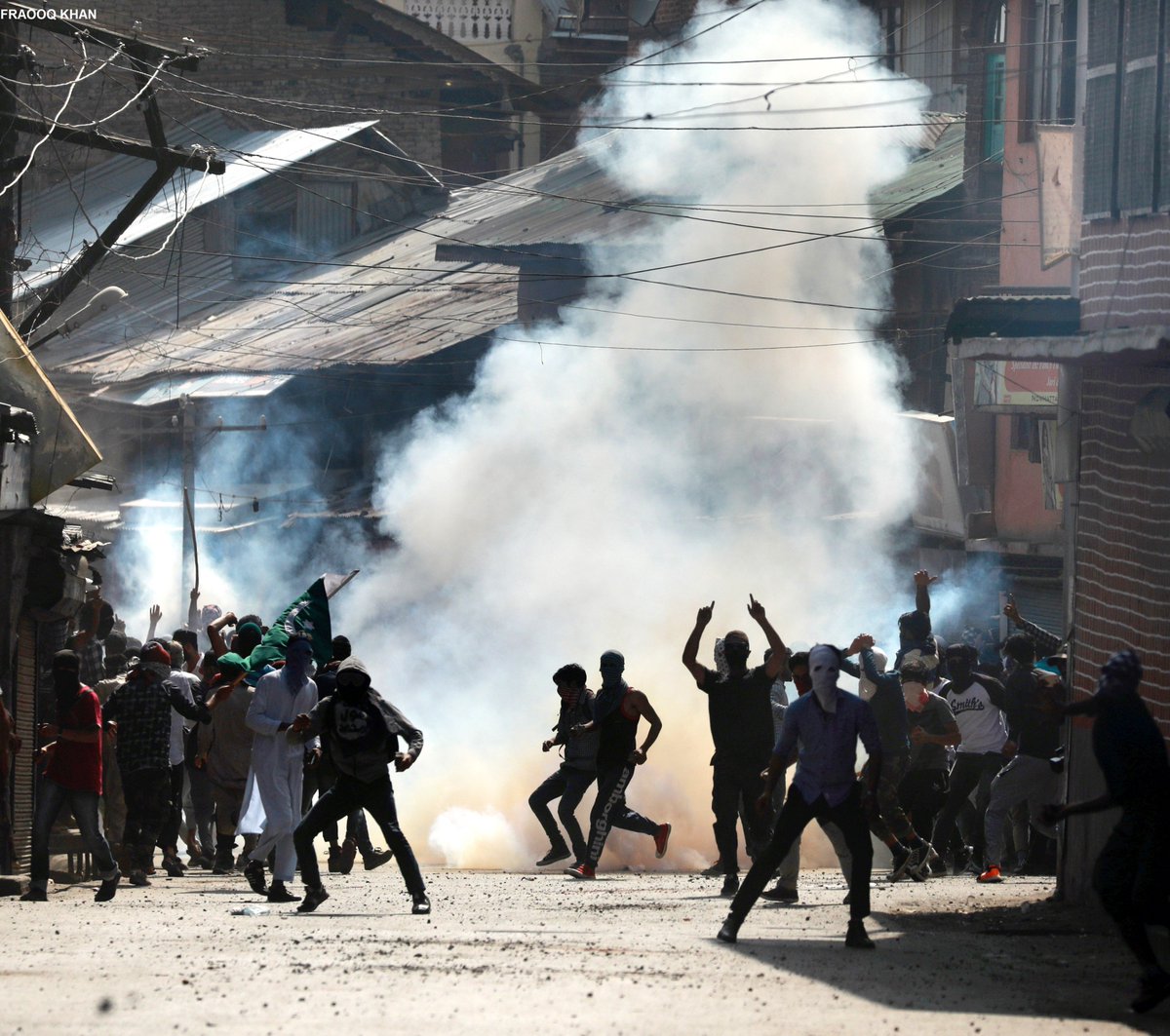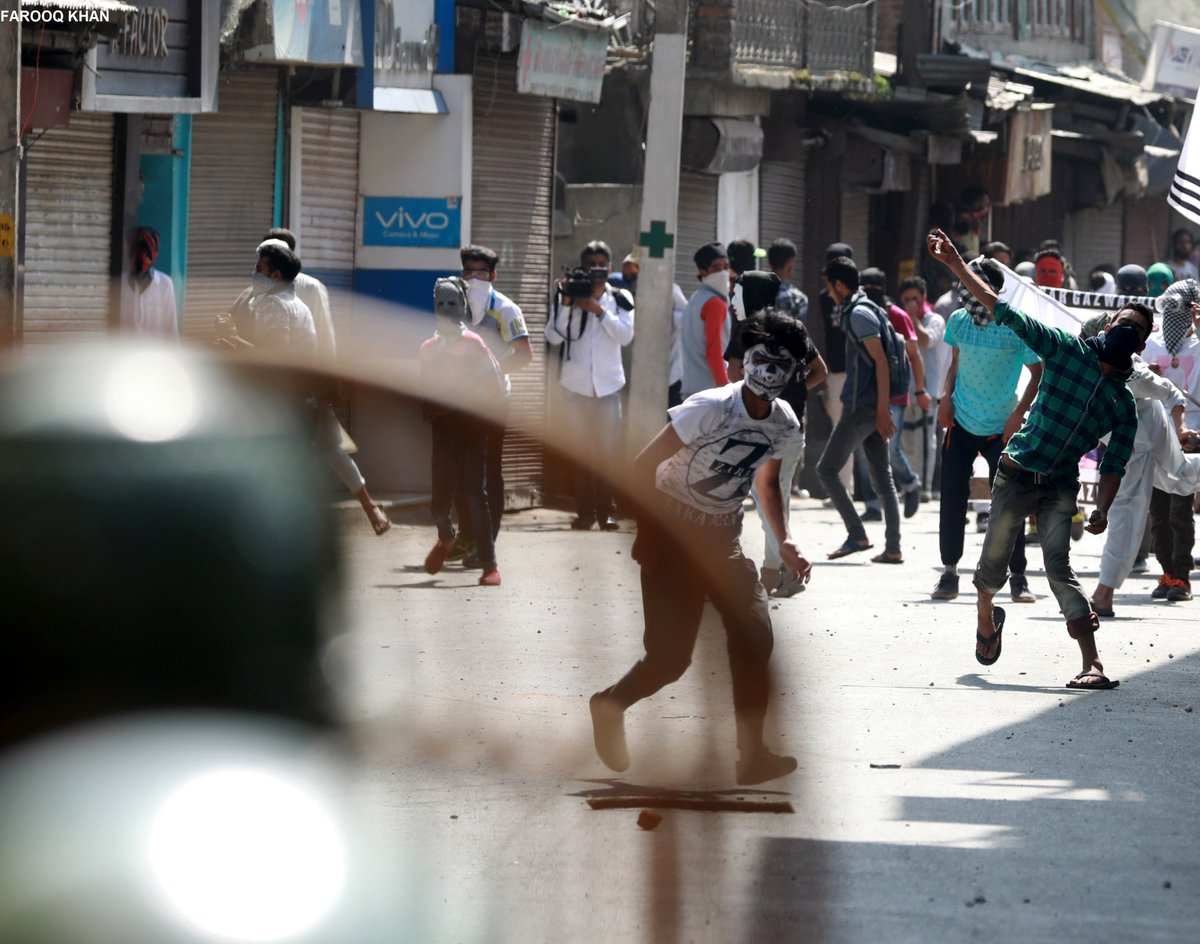#SupremeCourt
#Article370
#Kashmir
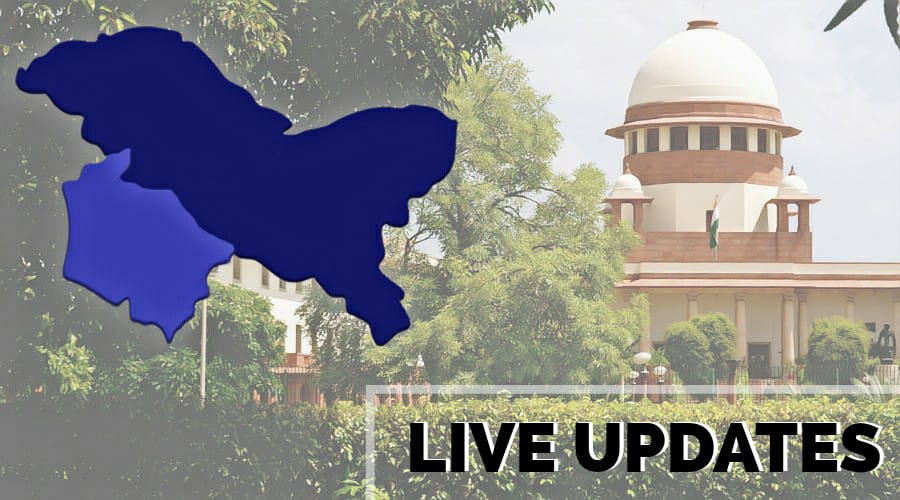
barandbench.com/challenge-to-a…
#Article370
#Kashmir
#SupremeCourt
#Article370
#Kashmir
#SupremeCourt
@shahfaesal
@Shehla_Rashid
Ramachandran to address the Court on that point
Ramachandran explains there was Constitutional non compliance where expression of view on a Bill has happened without that Bill having been shown to the members.
#Article370
#Kashmir
Ramachandran explains that the Parliamentary proceedings are not sought to be challenged here.
#Kashmir
#Article370
Court observes that both AG and Ramachandran are not factually incorrect and were referring to different perspectives.
"The violation of Constitution of J&K was done and its status was altered when the State was under President's rule under Article 356 of the Constitution of India."
#Kashmir
#Article370
#SupremeCourt
Ramachandran: Yes. An irreversible change...
Kaul J: On a lighter note, the only relief for you is Judical reversal now?
#Article370
#Kashmir
#Article370
#Kashm
#Article370
#Kashmir
#SupremeCourt
Justice Ramana: You are saying that the Parliament cannot make these changes without the consultation of the State and under A.356?
Ramchandran: Irreversible changes, yes.
#Kashmir
#Article370
#SupremeCourt
#Kashmir
#Article370
#SupremeCourt
#Article370
#Kashmir
#SupremeCourt
#Kashmir
#Article370
#SupremeCourt
Justice Ramana: You are going back to the first argument. We understand your first argument
#Kashmir
#Article370
#Article370
#Kashmir
Ramachandran: It is not to be done in this period (during imposition of President's Rule u/A 356). This is temporary phase. It is not to be done during this time
#Kashmir
#Article370
#Kashmir
#Article370
#Kashmir
#Article370
#Kashmir
#Article370
1. Federalism - it changes the federal structure
2. Democracy - it is done through an executive action
3. Rule of law - there is flagrant violation and bypassing of Constitutionally prescribed provision
Senior Counsel Raju Ramachandran resumes his submissions
#Kashmir
#Article370
#Kashmir
#Article370
Ramachandran: For the petitioners, the only burden is to show that the current route is unconstitutional.
#Kashmir
#Article370
#Kashmir
#Article370
#SupremeCourt
#Kashmir
#Article370
#Kashmir
#Article370
Ramachandran cites the example of bifurcation of Andhra Pradesh into two States.
#Kashmir
#Article370
#Telangana
So there are two aspects, one of changing boundaries, another of bifurcation. You are saying that the Parliament cannot extinguish the character of a State and make it a UT.
Ramachandran: Conceivably yes
#Kashmir
#Article370
#Ladakh


